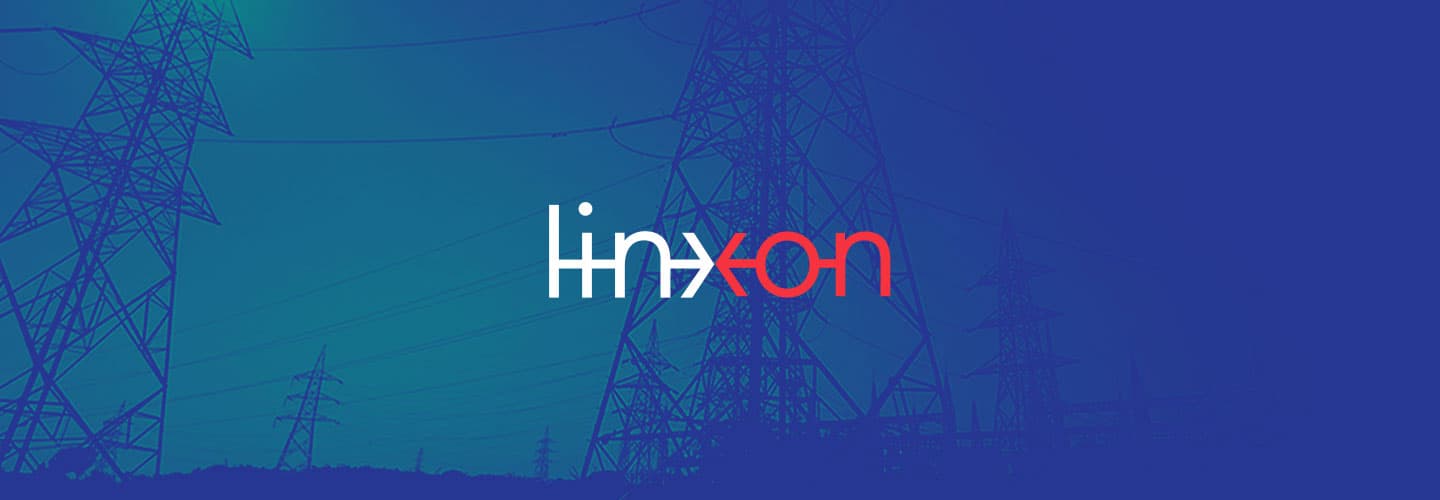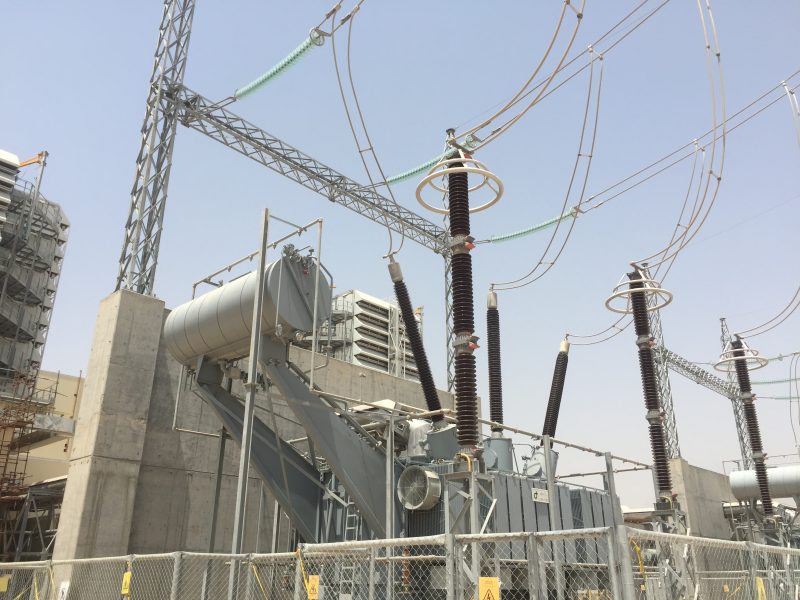The future may be unpredictable right now, but pursuing greater grid automation, digital transformation and renewables integration offers opportunities for a brighter post-COVID world.
“After months of contingency planning, safety measures and keeping continuity of service, we are now in a new reality,” says Frédéric Tréfois, CEO of Linxon. “The question is: do we want to use this once-in-a-generation moment to return to our previous power system or reshape our grids to make them stronger, smarter and more sustainable?”
One of the visible signs of 2020’s lockdown measures was the drop in pollution levels. As many countries went into lockdown, global energy demand experienced the largest decrease in more than 70 years. The IEA has estimated that overall energy demand contracted by 6% and energy-related emissions will decrease by 8% for 2020. With the fall in demand, renewable sources saw their share in electricity substantially increase. According to WEF, in less than 10 weeks, the US increased its renewable energy consumption by nearly 40% and India by 45%, for example.

This increase continues trends from the previous year – as per IEA, the share of renewables in world electricity generation reached 25% in 2019 while remaining at 10% in heat and below 4% in transport demand. This indicates that renewable power is here to stay, and the COVID-19 related figures show that the pace of transition could be even faster. Having said that, the longer-term effects of the crisis are yet to be seen – and the stimulus packages that policy-makers are drawing up to revive their economies need to include investment in clean energy technologies in order to see this trend sustained.

Solutions for stability
As Frédéric Tréfois, CEO of Linxon says, “Every day proves the significance of increased renewable generation. And even if the integration of renewable energies brings its own challenges, there are a range of solutions already available as part of the shift to a smarter grid.”
Some of the challenges related to the greater integration of such intermittent forms of energy – which necessitate a two-way power flow – are achieving grid stability, quality and flexibility. Linxon solutions facilitate the integration and interconnection of cleaner energy supplies, and help to maintain grid reliability and secure power supplies.
Such technologies are part of enabling the smart grid, in which digital processing and communications technologies are employed to adapt to changes in the power system, such as those caused by an increasingly decentralized setup and multi-directional energy flows. Greater digitalization – another trend which has accelerated generally as a result COVID-19 – can also be seen in the significant advances in grid automation technology in recent years, including the development of digital substations.
A holistic approach to transformation
Digital substations offer real-time supervision and control, smart asset management and planning and maintenance optimization. Their advantages include increased operability and reliability within a grid environment with increasingly volatile generation. Linxon’s digital substations also offer ‘future proof’ remote control via IEC 61850 international standards and remote maintenance and troubleshooting, which reduces the need for on-site staff – a significant benefit in times of social distancing.
As the necessity for remote work is moving more processes and people into a virtual environment, Linxon is offering other socially distanced services. As Frédéric Tréfois, CEO of Linxon explains, “Remote Factory Acceptance Tests, virtual site visits, meetings and audits carried out via Microsoft Teams – all of these things are becoming part of our everyday working life and facilitating our business.”

In fact, digital transformation at Linxon is not just about technology; it’s a holistic approach that includes customer support, information management and every step of the design-to-delivery-to-support process. “We’re transforming our delivery model,” Frédéric Tréfois, CEO of Linxon confirms.
Other examples include using Building Information Modelling to help visualize the design of a substation and eliminate construction errors, as well as using digital tools during client interactions such as sales, design reviews and vendor coordination.
Opportunity through innovation
Financial concerns related to COVID are not uncommon these days. But there are also reasons to be optimistic: the way in which the energy sector literally kept the lights on during the early days of the pandemic; the increased use of renewables and the experience gained about changes in demand patterns and what this means for a smarter grid; the benefits to that grid of accelerated digitalization; the ability to support customers via a more virtual world; and the opportunities for investment in cleaner energy technologies through post-COVID recovery plans. The future may be anything but predictable, but our new normal offers opportunities for those who are innovative, adaptable and willing to move with the times.

Sources:
https://www.weforum.org/agenda/2020/06/covid-19-is-a-game-changer-for-renewable-energy/
https://www.iea.org/articles/the-impact-of-the-covid-19-crisis-on-clean-energy-progress
McKinsey & Company, Power and people: How utilities can adapt to the next normal (2020)





